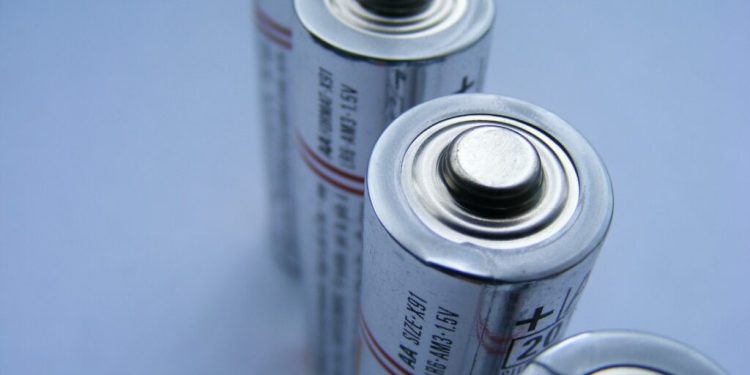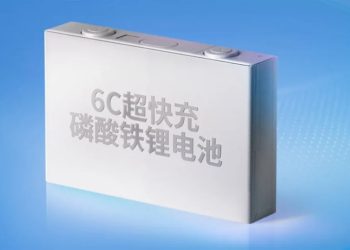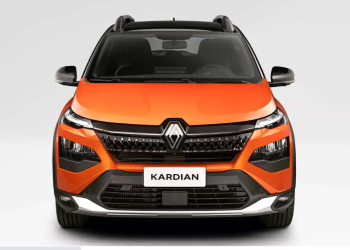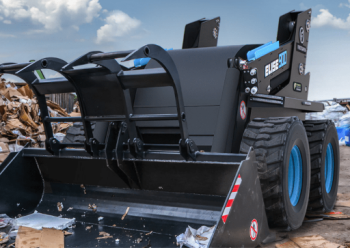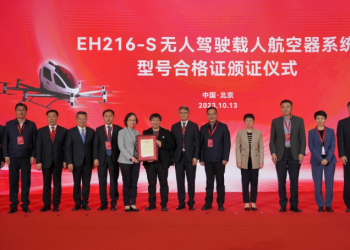Lithium-ion batteries are at the heart of electric vehicles and other emerging technologies. They offer benefits such as higher energy density, shorter charging time, low self-discharge loss and power density.
However, researchers continue to seek to perfect this technology to make them more accessible to the market. In this vein, a group of scientists at the Massachusetts Institute of Technology (MIT) discovered that a piece of equipment that is more than 100 years old could be the key to introducing other innovations, such as iron-iron batteries.
These are iron-air batteries, invented in 1878, which have a much higher energy density than lithium-ion batteries at a fraction of the cost, but were impractical to recharge because they oxidize.
Read also: Airspeeder Confirms High Caliber Acquisition: Bruno Senna
Scientists have overcome this flaw through a process called “reverse oxidation” that allows the new design to charge and discharge energy. The method allows the iron-air battery to provide 100 hours of clean electricity at a cost of $20 kilowatts per hour, compared to $200 kilowatts per hour for lithium-ion batteries.
An Option for Fighting Climate Change
While Lithium-ion batteries are well entrenched in the electric vehicle market, these old-fashioned devices can act as an alternative to reduce costs and further improve their impact on the environment.
Yet-Ming Chiang, Electrochemistry Professor at MIT to Popular Science, noted that commercial production of iron-air batteries can be scaled up for energy storage and help mitigate climate change by mid-century.

He explained that by reversing the electrical current, the battery deoxidizes. “Depending on whether the battery is discharging or charging, electrons are removed or added to the iron.”
With a vision to develop this technology, Chiang founded a startup called Form Energy, where he will seek to commercialize this project and rapidly drive carbon-free energy solutions.
Written by I Jhonattan González



